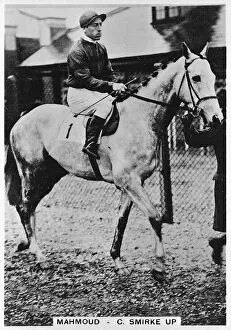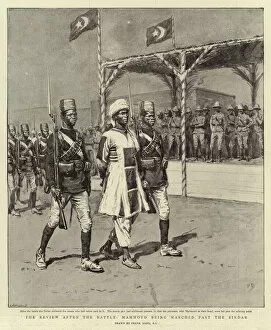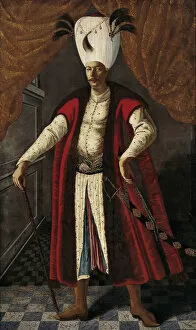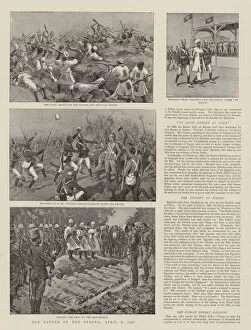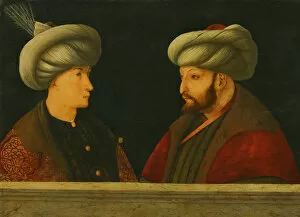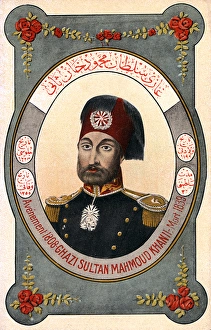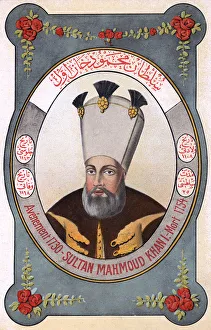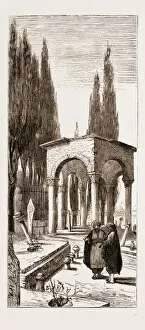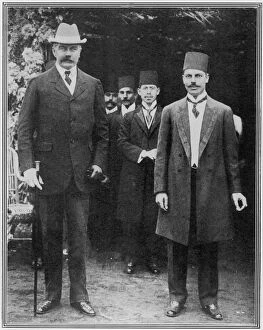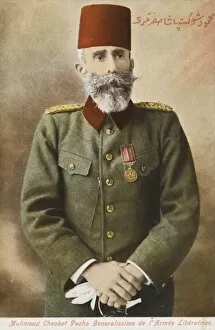Mahmoud Collection
Mahmoud: A Captivating Figure Through Time From the racecourses of Britain to the battlefields of Sudan, Mahmoud's name echoes through history
All Professionally Made to Order for Quick Shipping
Mahmoud: A Captivating Figure Through Time From the racecourses of Britain to the battlefields of Sudan, Mahmoud's name echoes through history. Charlie Smirke, the renowned British jockey, once spoke highly of this remarkable horse. It was no surprise that his victories left an indelible mark on racing enthusiasts. But Mahmoud's legacy extended beyond the turf. In lithographs capturing pivotal moments in history, we see him being marched past the Sirdar after a fierce Battle. His presence as Mehmed IV's captured General showcased his significance in Ottoman Empire politics. Speaking of Ottomans, Sultan Mehmed II himself is depicted alongside a young dignitary in an oil portrait. The power and influence Mahmud possessed were evident even then. Another Sultan from this lineage was Mehmed IV called "the Hunter, " whose reign saw both triumphs and challenges. Yet not all times were glorious for Mahmoud; he faced adversity too. Mocked by his old followers while imprisoned, he witnessed firsthand how time can be fickle and unpredictable - a whirligig indeed. Beyond battles and politics lies another facet of Mahmoud's story - architectural beauty. The Pahlavan Mahmud Mausoleum boasts a decorative wooden door that stands as a testament to his enduring memory in Khiva, Uzbekistan. In more recent times, we encounter another notable figure named Mahmoud Fehmy - Chief of Arabis Staff during the late 19th century. His leadership skills mirrored those displayed by Sultan Mahmud II when ruling over Ottoman Turks with authority and grace. As we delve into these snippets from history featuring various Mahomuds across different eras and regions, one thing becomes clear: their impact transcends time and boundaries alike. Whether it be on racetracks or battlegrounds or within palaces or mausoleums – their legacies endure for generations to come.

